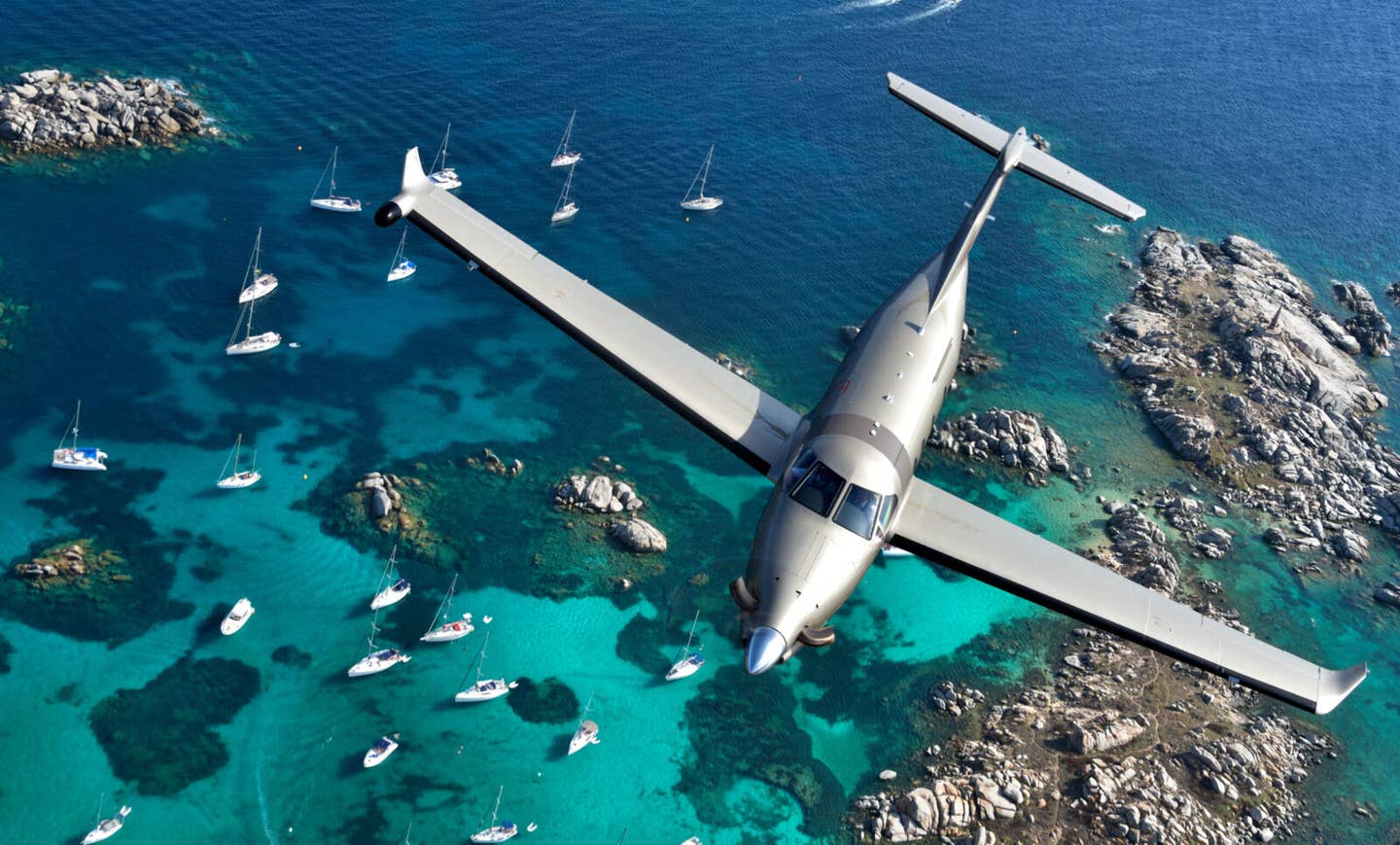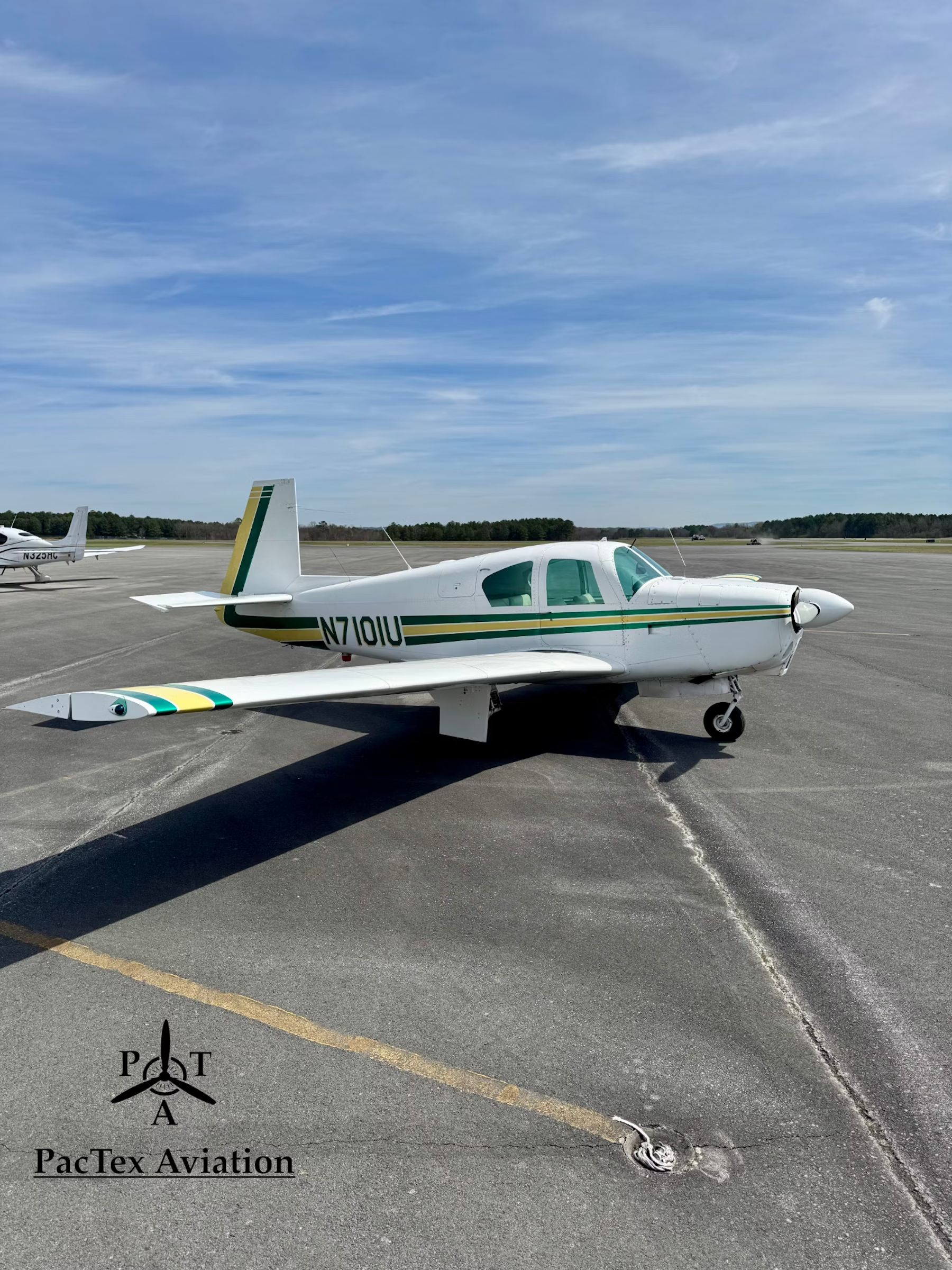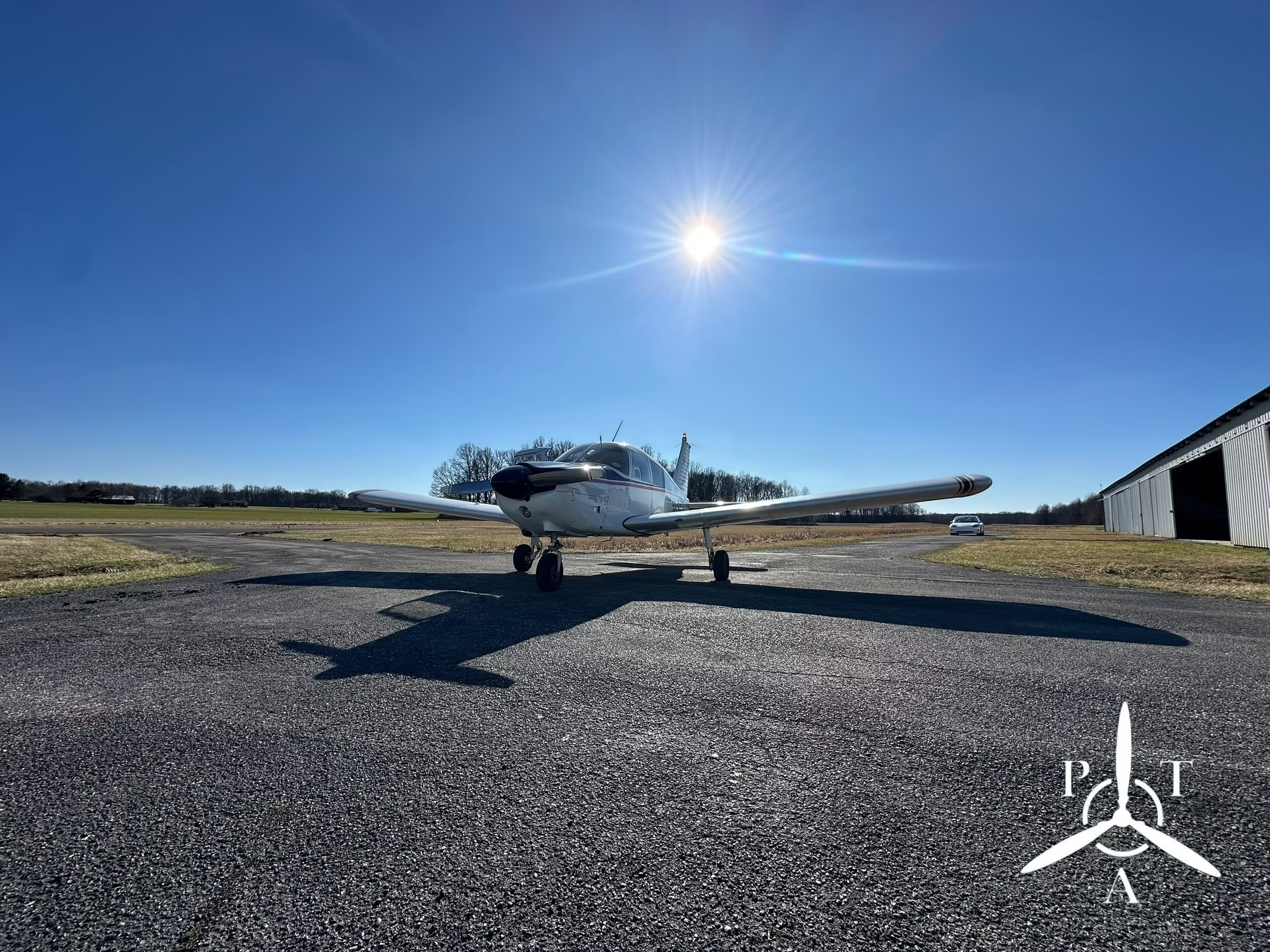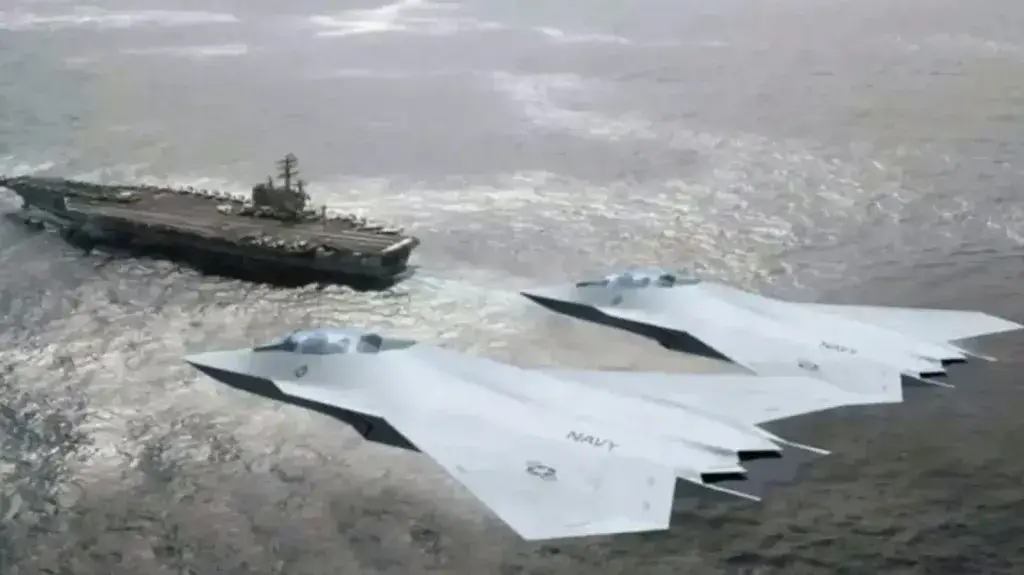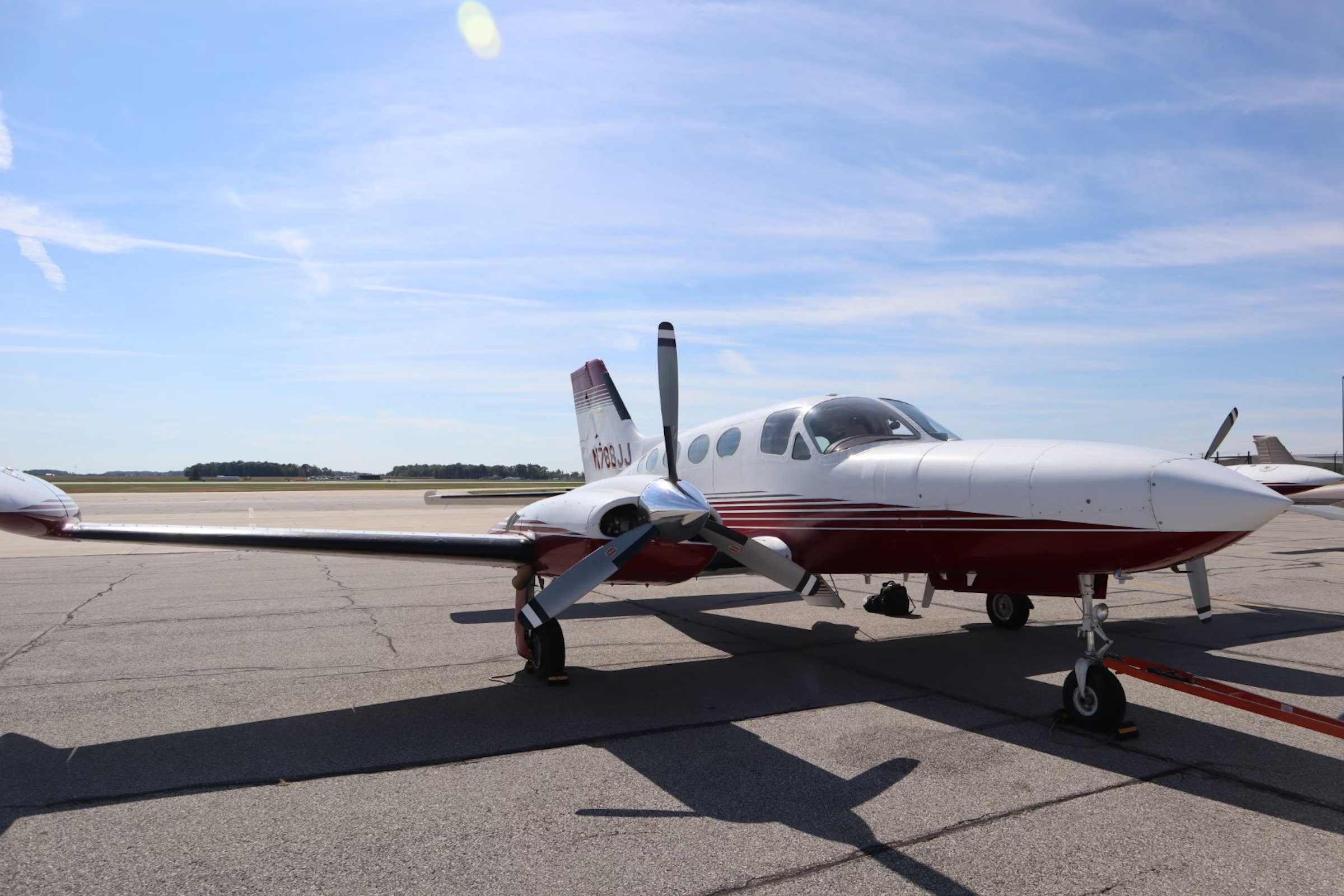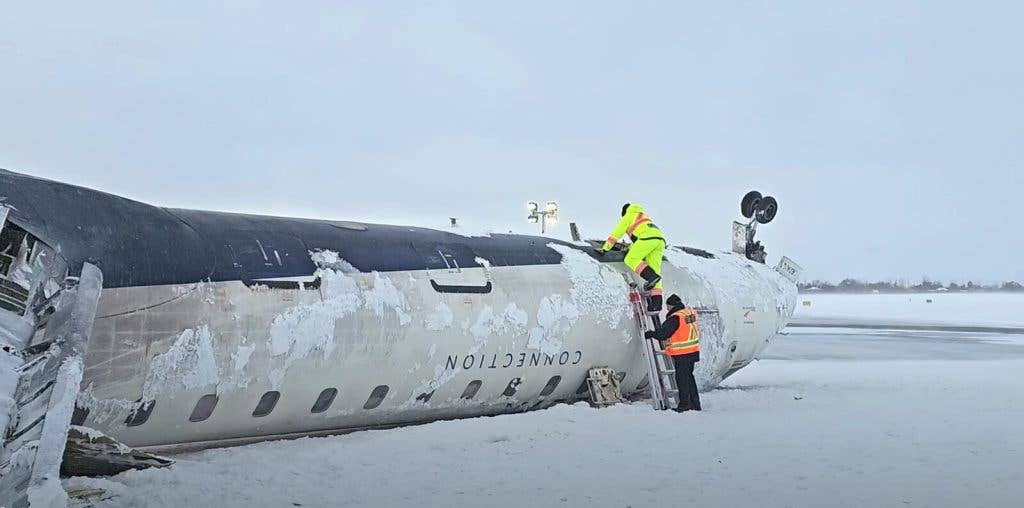
It's an old question: can fractional ownership work for small airplanes? Over the last 30 years or so, it's been tried numerous times. Sure, the terminology has changed, from "rent-a-plane," to "time-shares," to today's "fractional ownership," but the concept has remained essentially the same. Take an airplane and split its purchase price among several owners, who then pay an additional fee to have someone take care of the scheduling, maintenance and what have you. When they want it, the owners just book the airplane; if they get it, great; if they don't, too bad.
All in all, it sounds like a reasonable plan, but in the past, it hasn't worked. Still, the times have changed, and along with them, so have the economics of small airplane ownership. Today, as we all know, it costs more than ever to afford an airplane, so maybe given the constraints, pilots will be willing to accept some limitations on their ownership to get into a new airplane. Indeed, given this new environment, a handful of startup companies have launched sharing plans. Do they work? Can they work? We wanted to find out.
For our test we hooked up with OurPlane, a company with offices in London, Ontario, Canada, and Buffalo that has been developing a North American fractional fleet since 1998. It currently has more than 80 owners. The company has one or more airplanes in a number of locations, including Palo Alto and San Diego, California, Toronto, Las Vegas, and Oxford, Connecticut. Several more locations are on their way.
OurPlane sells shares in Cessna Skylanes, Piper Archer IIIs and Cirrus SR20s and will be introducing several new models soon, including the Cirrus SR22 and the Bonanza A-36, and it plans to move up to twins and even turbines eventually.
My share is in a 2002 Cessna 182 Skylane based at Oxford, Connecticut. Since my airplane had already been acquired, I was in it and flying in about two weeks. Owners who are getting into the first airplane at a location may have to wait a couple of months for OurPlane to take delivery of the new airplane and initiate the program.
Despite the term "fractional" being used, these small airplane programs differ from those offered for jet aircraft in several significant ways. Owners of jet fractional shares seldom fly on their own airplane; instead they almost always fly an identical model that happens to be the one most conveniently located at the time the flight is scheduled. Jet frax owners get guaranteed availability, generally within a certain time frame-eight hours is common. This works, obviously, because jets are fast enough to be repositioned in time to meet the guarantees. If the owner calls the scheduling center and says he wants his airplane to pick him up in Des Moines at 8 tomorrow morning, the airplane (or one that looks just like it) will be there to pick him up. Also, bizjet fractionals, for obvious reasons, are professionally flown.
None of these things are true for fractional programs for small airplanes. In theory, the owners can fly any one of the type of airplanes they own or are checked out in, but in practice, there are so few airplanes in the regional fleets at this point that it's only a theoretical advantage. With small airplane fractionals, there's no guaranteed availability: If you want to schedule the airplane for this weekend but one of the other five or six other owners already has it booked and there are no other airplanes available, you're out of luck.
You're also out of luck if your airplane has to go into the shop for an extended stay. If there's not another OurPlane aircraft in the area for you to book, you're out of an airplane for that period of time. (Of course, the same is true if you own your own airplane; and, after 90 days of down time, OurPlane will do its best to provide replacement transportation for its owners, an advantage sole owners cannot claim.)
With the OurPlane plan, buyers select from four levels of ownership that provide increasing levels of privilege. What level you choose depends on how much airplane you need. Not all shares are created equal. Buyers can opt for one of four different levels of ownership that give an increasing number of allotted annual flying hours: Bronze (25 hours annually; OurPlane calls this a trial membership), Silver (50), Gold (100) or Platinum (125 hours). Any owner can fly over the annual number of allotted hours, though the hourly fee does increase for each hour over the baseline figure. Also, while, Platinum owners pay substantially higher monthly maintenance fees and acquisition costs, they have much more liberal scheduling privileges.
OurPlane's plan takes an airplane-I'll use the Skylane as the example-and breaks it up into eight shares, though in practice, there may be as few as four owners in an airplane at first, which is a very good thing while it lasts. Owners pay for their slice of the airplane (between $32,900 for bronze and $47,900 for Platinum for a share of a Skylane) and a monthly maintenance fee of between around $317 (Bronze) and $635 (Platinum) per month. This fee covers insurance, maintenance, hangar, database subscription and administration fees. On top of that, the buyer pays a certain amount per hour flown, around $100 for a Skylane, that goes toward direct operating costs and engine, prop and avionics reserve funds. (That $100, by the way, is cheaper than the cost of renting even a 25-year-old 182 where I fly.) OurPlane pays for the gas; there's a company credit card in the glove box for buying fuel while you're on the road.
From experience, OurPlane figures that its airplanes will fly around 500 hours a year. Based on that figure, after four years, the company will install a new engine and prop, upgrade the avionics, if necessary, and the owners will fly it until the end of the five-year ownership term. At the end of that time, OurPlane will sell the airplane-it guarantees a minimum of Blue Book value. It then returns the original investment to the owner, minus whatever depreciation has taken place. (If the airplane has appreciated, the owner gets that, too.) Continuing on in a new airplane after the five-year term, in my case, considering a 25 percent depreciation of my current airplane, would mean a new investment of less than $5,000.
Still, it doesn't take an accountant to figure out that renting, or being in a flying club, remains a cheaper option than a fractional program like OurPlane. Even being a partner is cheaper, theoretically, though it's nearly impossible to establish and maintain a partnership among eight pilots, and big maintenance costs can be extremely unpleasant surprises.
So, no, it's not cheaper than renting, but it is a great deal cheaper than sole ownership of a new airplane and, in many cases, cheaper than sole ownership of a used airplane.
The big question is, are the savings worth the hassle inherent in sharing?
That's what we aim to find out. Over the course of the next nine months, we'll fly the airplane a lot. We'll fly it for business and for pleasure. We'll fly it when it's sunny, and we'll fly it when it's raining. In fact, we'll schedule it when we need it and when we want it, just like any other owner would. Along the way we'll let you know, in a series of reports, how the process goes and whether we think it could work for you.
Owning a Piece of a Small Airplane
Advantages • It's a new airplane. Owners keep their airplane for five years. At that time, OurPlane sells it and the buyers get their share back, which, if they so choose, they can put right back into another new OurPlane airplane.
• It's a new airplane, Part II. Also, the benefits of flying a new airplane, as opposed to a used one, are immense. In terms of aesthetics, equipment and comfort, it's a no-brainer.
• Predictable maintenance costs. OurPlane is responsible for taking care of all maintenance costs for the term of the agreement. No surprises.
• You've got keys. Fly when you want to. Unlike rentals, you own the airplane and you've got the keys for it.
• No hassles. OurPlane takes care of scheduling and maintenance. It arranges for insurance, recurrent training, hangaring and keeping the airplane clean.
• Tax advantages. Owners of OurPlane shares are eligible, the company says, to claim the same benefits of ownership as any other airplane owner.
• No partner problems. Unlike traditional partnerships, OurPlane owners don't have to deal directly with the other partners. OurPlane takes care of that. There are no messy divorces. If an owner can't live up to his end of the deal, OurPlane can terminate the agreement.
• Buy only as much airplane as you need. Why own an entire airplane when you don't fly enough to warrant the investment?
• Easy scheduling. OurPlane uses an internet scheduling system that lets owners book far in advance, and even to keep the airplane for up to two weeks at a time twice a year.
• Your airplane is taken? Fly a different one. Because the fleet is still small, this is still largely a theoretical advantage. But if the fleet grows, this convenience could overcome many of the objections to fractional ownership.
• Fly in other locations. You can schedule and fly any OurPlane airplane you're checked out in regardless of its location as long as it's available. I'm heading to the West Coast this fall, and I plan to schedule and fly one of the 182s while I'm out there.
Disadvantages • Weekends. The traditional argument against light airplane fractionals has been that most light airplane pilots want their airplanes for the weekend. So you have seven or eight owners trying to schedule those two prime time slots.
• Sharing. Even on the weekdays, you need to remember that you're sharing an airplane. Yes, you can truthfully say that you're an owner, but so can the other seven people with keys. When the airplane is gone, you need to make other plans. As the OurPlane fleet grows, this may be less of a problem.
• Expense. Fractional ownership is a good deal more expensive than renting.
• Potential damage. If one of the other owners damages the airplane, even though the repairs will be covered, the consequential damage history could reduce the resale value of the airplane at the end of the term.
• Repositioning. Because of weather or mechanical problems, other owners might not be able to get the airplane back in time for you to use it.
For more information, visit the company's website, www.ourplane.com.

Sign-up for newsletters & special offers!
Get the latest FLYING stories & special offers delivered directly to your inbox

